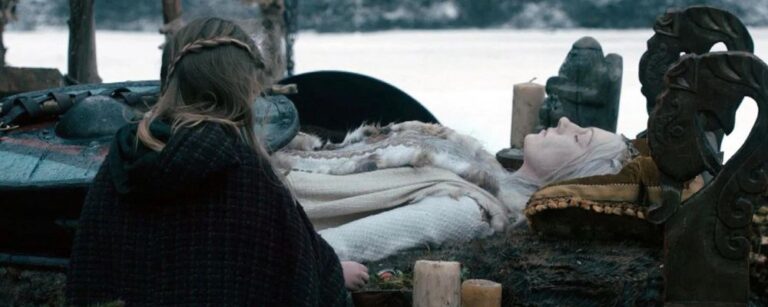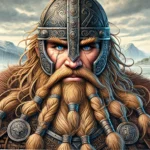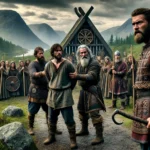It feels like almost every day there is news of a new Viking burial discovered in someone’s backyard or during new construction work. These sites reveal stunning pieces of jewelry, formidable weapons, and new insights into what the Vikings thought about both life and death.
Let’s take a look at four recent and interesting Viking burials discovered in the 21st century that are challenging what we know about Viking burial practices and beliefs in the afterlife.
We’ve talked quite a bit about Viking funerary practices and afterlife beliefs in previous posts. Read about the Viking afterlives from Valhalla to Helheim here, read about Viking funerary practices including ship burials and human sacrifices here, and read about the unique cases of bog burials here.
Gjellestad, Norway

In 2017, researchers from the Norwegian Institute for Cultural Heritage Research were called to southeastern Norway when a farmer wanted to expand his drainage ditches. Using ground penetrating radar, they found what looked like a series of Viking Age religious buildings, and a ship burial.
While the ship burial turned out to be in poor condition and grave robbers got there first, the excavators did make some interesting finds. The ship certainly seems to have been grand, measuring 60 feet in length, and contained the remains of an adult. But since the remains were not burned, they are too badly deteriorated to determine whether it was a man or a woman. While most ship burials belonged to men, there are a few famous Norwegian examples of female ship burials.
The grave goods shed little light on the issue of gender. One of the most interesting things within the grave was a large amber bead, which is too large and has a hole too large to belong to a traditional Viking necklace. It points to a currently unknown Viking style but may have been used to decorate a sword, a practice known in the Iron Age. Smaller beads connected in what seems to be a bracelet were also found.
The grave also turned up the imprint of an unusually large axe; the axe itself seems to have been taken by robbers centuries ago. Another smaller axe head was found buried beneath the ship, which has puzzled archaeologists. Researchers are suggesting that staking the ground with an axe to sanctify it for burial may have been a practice in the region.
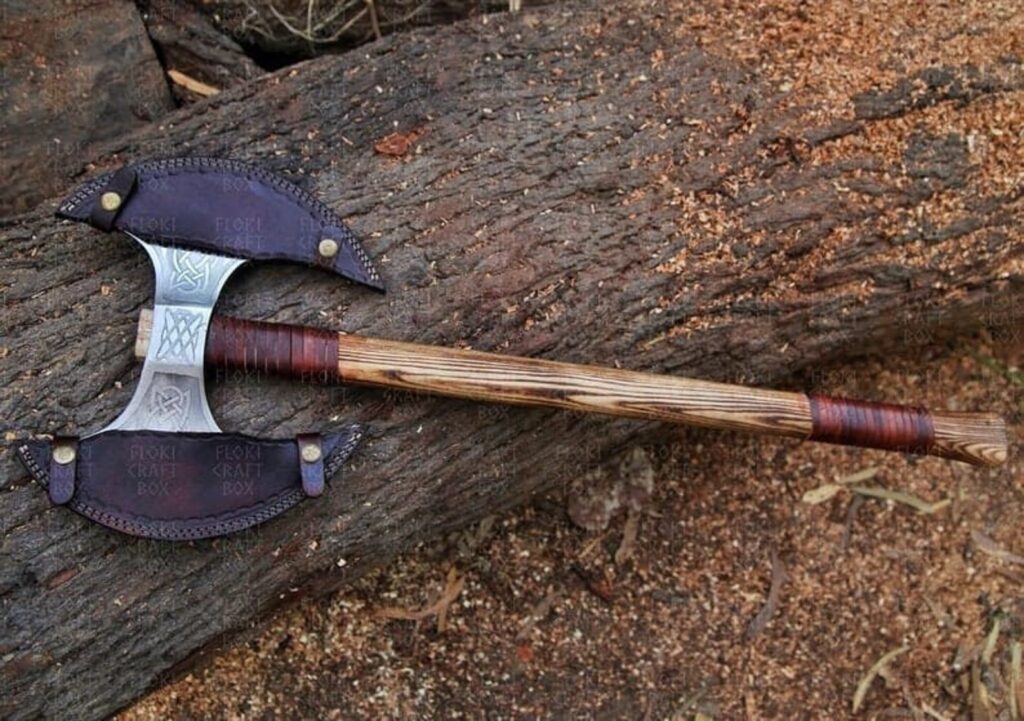
A horse also seems to have been slaughtered and killed for the burial. Both bones and 25 teeth of a horse were discovered in the grave. But while this is a common Viking burial practice, what is uncommon is that several other cattle animals were slaughtered and buried. This may suggest that the deceased was less known as a warrior and more as a cattle farmer and provider in the region. Or the slaughter could have been part of a religious ritual since the burial was located near several cult buildings.
Another interesting piece of the puzzle are cremated human remains found as part of the burial, but outside of the ship. Are these simply evidence of people buried later near this more important burial, or evidence of human sacrifice?
Birka, Sweden
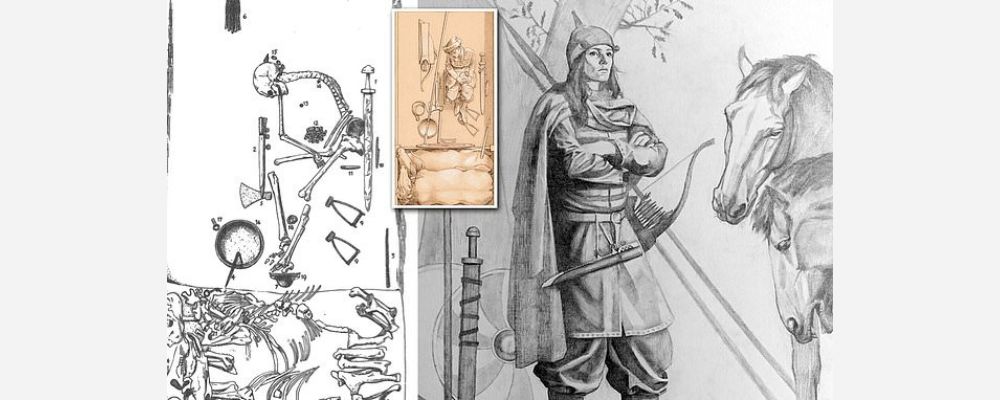
While this grave was initially excavated more than 150 years ago in 1878, it hit the headlines for a second time in 2017 when DNA studies showed that the Viking warrior buried here was in fact a female!
The grave, which dates to the 10th century, was marked by a large boulder stone on an elevated terrace near a contemporary garrison. The burial chamber was made from wood and measured 3.45 meters long and 1.75 meters wide.
The body clearly belonged to a high-status individual as it was dressed in imported silk decorated with silver thread. Included in the grave were a sword, an axe, a spear, armor-piercing arrows, a battle knife, two shields, two horses, and a game piece thought to represent the strategic thinking of a warrior.
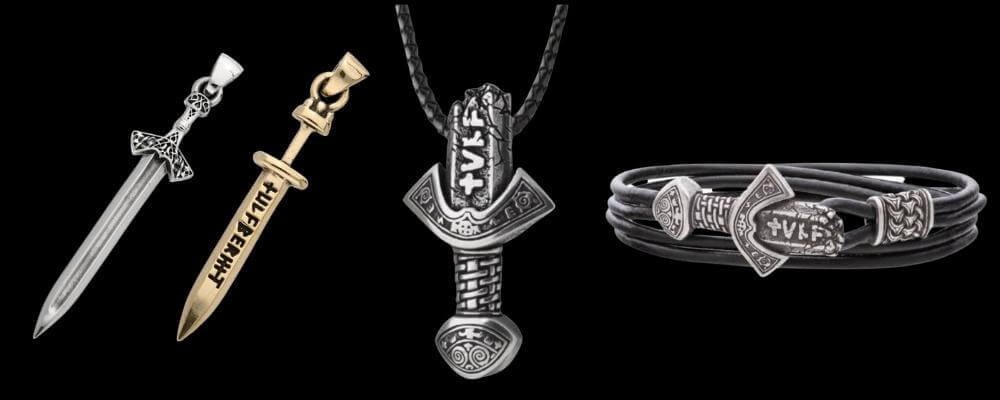
The fact that the warrior was buried with everything they would need to continue fighting in the afterlife seems to suggest that the Vikings believed that a person would continue to do what they did best in life after death. Perhaps this warrior was destined for Valhalla and to fight alongside the gods at Ragnarok.
The fact that the body belongs to a woman suggests that women did have the opportunity to make a name for themselves among the Viking warrior caste. This opportunity was probably rare, as most women would have been occupied with raising children and caring for the home, but the Vikings do not appear to have believed that the life of a warrior was not possible for women.
Read more about famous Viking warrior women here.
Saaremaa, Estonia

In 2008, trench diggers on the island of Saaremaa uncovered human remains and strange objects while digging. Archaeologists were called to the site and discovered two ships, which seem to have been buried at the same time. The smaller of the pair, 38 feet long, contained seven bodies laid haphazardly. The larger the pair, 55 feet long and 10 feet wide, contained the remains of 33 men buried in a neat pile, like planks of wood, with their weapons and animals placed nearby.
One of the most interesting things about this find is that these men appear to have died in battle sometimes between 700 and 750. This pushes the start of the Viking age of raiding and exploring back 50-100 years. It pushes the presence of the Vikings in the Baltic region, previously dated to 820, at least 100 years. It shows that the Vikings had developed their superior ship technology generations before they turned their attention to raiding in England.
The men all seem to have been between the ages of 18 and 45, which suggests an age range for Viking warriors. The average height was 5’10”, and some warriors were well over 6 feet, virtual giants for the age.
There was a clear hierarchy within the burial. Five men with elaborately decorated double-edged swords were buried near the top, while the bodies near the bottom had simple single-edged blades. One of the very top bodies had an elaborately decorated walrus-ivory gaming piece in his mouth. This may have been a “king” piece and represented the particular status of this individual.
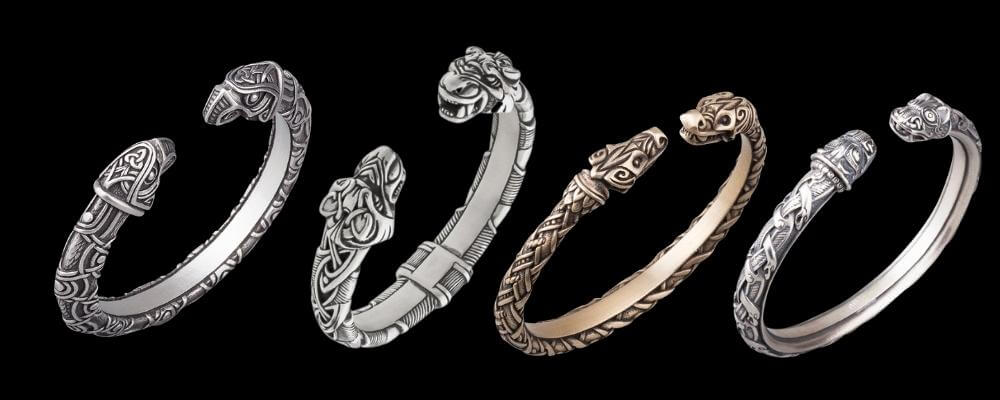
Researchers suggest that the warriors lost some kind of battle and that these two ships came ashore. The seven survivors buried 33 of their dead comrades in the larger of the two ships, as indicated by the care with which their bodies were placed. They seem to have been covered in a blanket of 15 shields. The men were also buried with goods including weaponry, personal items such as an elk-horn comb, and the remains of animals including dogs and a hawk.

The remaining men seem to have died a less-worthy death. They were found sat in pairs or slumped alone around the smaller ship. They were not buried in traditional positions or with ritual goods. This may suggest that they died from starvation and exposure.
This site stands out because it is one of the few examples of groups of warriors buried together, though these are referenced in the written sources. It is interesting to contemplate whether the Vikings believed that the 33 men who died in battle made their way to Valhalla, while the unlucky seven who survived a little longer did not. It is also noteworthy that despite their dire condition, the Vikings believed that it was important to bury their dead properly.
Vinjeora, Norway
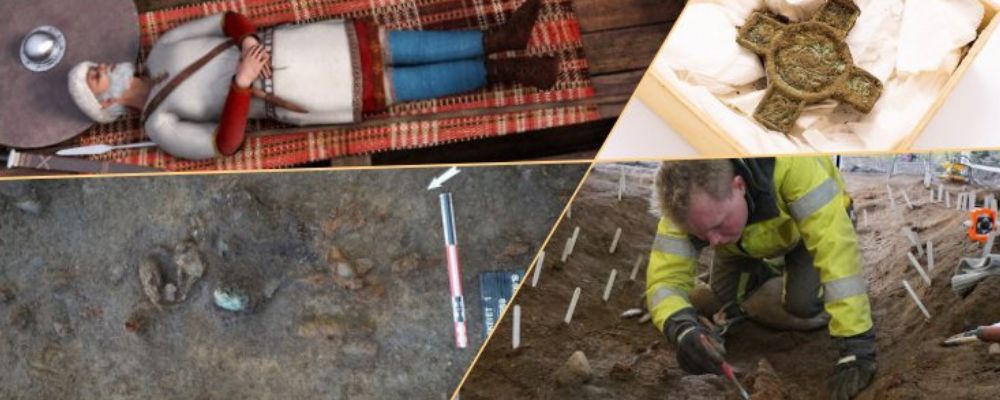
Recently archaeologists made the unique discovery of a dual boat burial in Vinjeora in Norway. While digging, they initially found the remains of a 9th-century woman who was buried in a wooden boat. But as they continued excavating, they found that her boat had been placed inside the boat of a man who had died and been buried a century earlier.
What seems to have happened is that a male warrior was buried in a boat nine or ten meters long in the 8th century. The grave is dated by his sword. Weapon styles changed over time and make for a fairly effective dating mechanism. The sword also indicates his status as a warrior.
Around a hundred years later, in the second half of the 9th century, a woman died. A boat 7-8 meters long was constructed for her body. But rather than burying her directly, what the Vikings seem to have done is carefully excavate the older burial and place her boat inside the boat of the older burial. It seems likely that this was no accident since the location of the burial was marked by a mount. They probably also knew exactly who was buried there thanks to oral tradition.
The grave goods buried with the woman indicate that she was no warrior but was of high status. Two gilded bronze brooches that would have fastened her dress survive, as does a crucifix brooch made from an Irish harness fitting. It was not uncommon for these fittings to be imported and converted into jewelry. This was a status symbol and suggests that, while not a warrior, she was in some way connected with raids abroad.

The woman was also buried with a pearl necklace, two pairs of scissors, a spindle whorl, and a cow head. What all this says about this woman’s status in society and Viking burial practices is yet to be untangled.
More Viking Burials Uncovered
If you follow the latest Viking archaeology news, you will know that new burials are being uncovered all the time. There is no telling which excavation will reveal the next stunning revelation that fundamentally changes what we know about Viking culture and their beliefs linked with death and the afterlife.
You can stay up to date with some of the latest Viking news stories by subscribing to our e-newsletter at the bottom of the page.
Viking jewelry discovered in graves and hoards inspires much of the Jewelry in the VKNG Collection. Browse the collection now!

